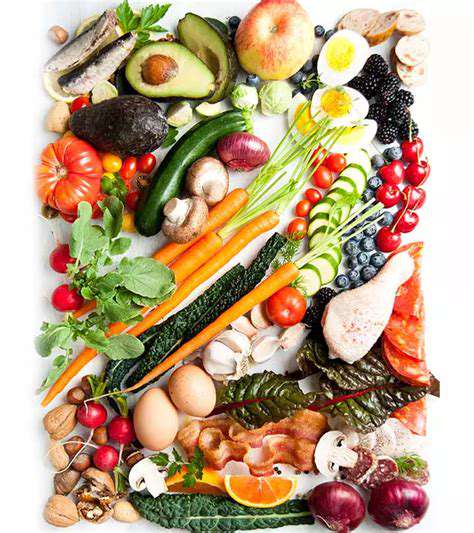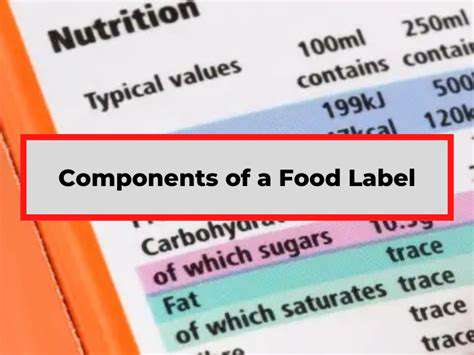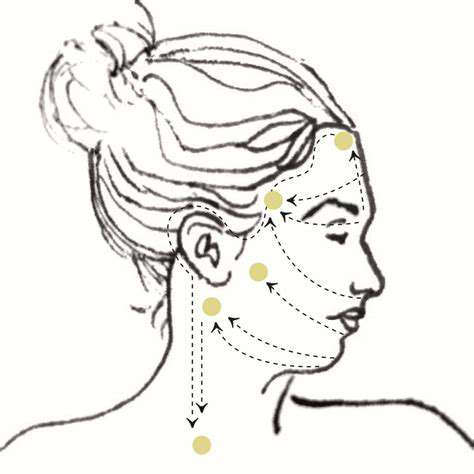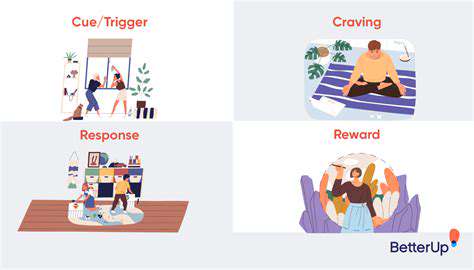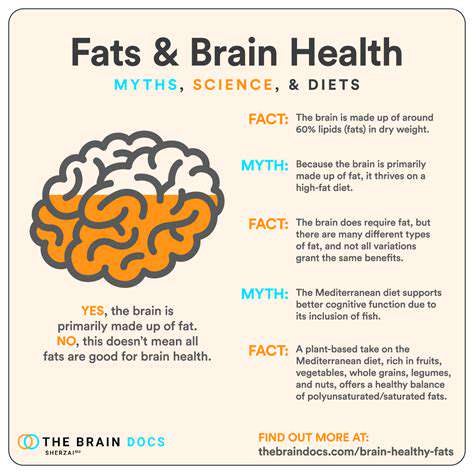Nurturing Healthy Eating Habits in Teenagers
The Importance of Balanced Nutrition in Adolescent Development
The Foundation of Growth and Development
Balanced nutrition plays a crucial role in supporting the physical and cognitive development of adolescents. During these formative years, the body undergoes rapid changes that demand a steady supply of essential nutrients. Proper nourishment fuels bone density, muscle growth, and organ development, while also providing the energy needed for both physical activities and mental focus. Without adequate nutrition, teens may experience stunted growth, weakened immunity, or difficulty concentrating in school.
Nutrient-Rich Foods for Brain Power
The adolescent brain requires specific nutrients to function at its peak. Omega-3 fatty acids found in salmon and walnuts act as building blocks for brain cells, enhancing memory and problem-solving skills. Colorful fruits and vegetables deliver antioxidants that protect neural pathways, while lean proteins from chicken or lentils provide amino acids necessary for neurotransmitter production. When students combine these foods strategically, they often notice improved test scores and better classroom participation.
Combating Deficiencies and Promoting Health
Nutritional gaps can create serious obstacles during puberty. Many teenagers develop iron deficiency anemia from poor diets, leading to constant fatigue that interferes with sports and studies. Similarly, inadequate calcium intake jeopardizes bone mineralization at a critical developmental stage. A varied diet incorporating leafy greens, dairy alternatives, and fortified cereals helps prevent these common deficiencies while establishing lifelong eating patterns.
The Role of Macronutrients in Adolescent Growth
Understanding macronutrient balance helps teens make informed food choices. Complex carbohydrates from whole grains sustain energy through long school days, while proteins from eggs and legumes repair tissues damaged during sports practice. Healthy fats from avocados and olive oil support hormone production - particularly important during puberty's physical transformations. Teaching adolescents to recognize these nutritional roles empowers them to build smarter meals.
Managing Weight and Body Image
The pressure to achieve unrealistic body standards often leads teens toward dangerous eating patterns. Emphasizing nourishment over appearance helps build positive relationships with food. Nutrition education should highlight how balanced meals stabilize metabolism and prevent the energy crashes that trigger binge eating. Schools can support this by replacing vending machine junk food with nutritious alternatives that appeal to young tastes.
The Impact of Dietary Choices on Mood and Energy Levels
Teen emotions fluctuate wildly due to both hormones and lifestyle factors. Blood sugar spikes from sugary snacks often worsen irritability and anxiety, while balanced meals with fiber and protein promote emotional stability. Practical nutrition lessons should demonstrate how skipping breakfast leads to mid-morning crashes, and how proper hydration improves concentration during afternoon classes.
The Importance of Hydration and Dietary Variety
Water constitutes about 60% of a teenager's body weight, yet many replace it with sugary beverages. Teaching teens to recognize dehydration symptoms like headaches or fatigue encourages better habits. Meal planning should incorporate rainbow-colored produce to ensure comprehensive nutrient intake, with creative presentations that make healthy foods appealing to young palates.
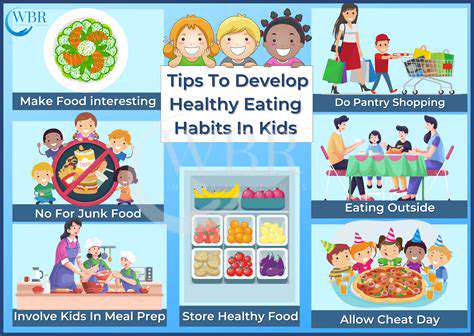
Creating a Supportive Environment for Healthy Eating
Establishing a Foundation for Success
Creating a supportive environment for healthy eating habits begins with shifting household dynamics. Families that cook together develop stronger nutritional literacy, with children learning knife skills and recipe modification from an early age. Removing judgment from food conversations prevents shame cycles that drive disordered eating, while keeping fresh produce visible encourages spontaneous healthy snacking.
Mindful Meal Preparation and Planning
Sunday meal preps transform hectic weeknights, with pre-chopped vegetables and marinated proteins streamlining cooking. Batch-cooked whole grains like quinoa or farro become versatile bases for multiple meals, reducing reliance on takeout. Involving teens in grocery shopping teaches them to compare labels and identify wholesome ingredients - skills that serve them through adulthood.
Encouraging Family Involvement
When parents model balanced eating without restrictive language, children internalize sustainable habits. Family cooking challenges using seasonal ingredients make nutrition education engaging, while themed dinner nights introduce cultural foods without pressure. Establishing device-free mealtimes fosters mindful eating and reinforces the social value of shared meals.
Cultivating a Positive Relationship with Food
Nutrition education must move beyond calorie counting to emphasize food's role in achieving personal goals. Athletic teens respond well to lessons on performance nutrition, while creative students appreciate learning how certain nutrients enhance cognitive function. Removing good and bad labels from foods prevents moralization of eating choices.
Creating a Supportive Social Network
Peer influence dramatically impacts adolescent eating behaviors. Schools can create nutrition clubs where students share healthy recipes or organize farm visits to connect food with its sources. Social media challenges promoting creative vegetable preparations tap into teen competitiveness in positive ways.
Addressing Potential Obstacles
Time-strapped families benefit from strategic shortcuts like pre-washed greens or frozen vegetable blends. Budget constraints require teaching cost comparisons between processed foods and whole food alternatives - like dried beans versus canned soups. Addressing emotional eating through counseling referrals ensures nutrition education meets psychological needs.
Maintaining Long-Term Sustainability
Lasting change comes from incremental improvements, not overnight overhauls. Tracking non-scale victories like improved energy or better sleep reinforces positive behaviors. Seasonal adjustments to meal plans prevent boredom, while occasional treats maintain balance without derailing progress.

Encouraging Long-Term Healthy Eating Practices
Prioritizing Whole Foods for Sustained Well-being
The transition to whole foods begins with identifying processed food triggers in one's environment. Swapping white pasta for spiralized vegetables or cauliflower rice introduces texture variety while boosting nutrients. Teaching flavor balancing with herbs and spices reduces reliance on salty or sugary condiments. These culinary skills empower teens to recreate healthier versions of their favorite dishes.
Strategies for Sustainable Dietary Changes
Habit-stacking proves effective for lasting change - pairing new behaviors with established routines. Adding vegetable prep to homework time or packing lunches while watching evening shows creates efficient patterns. Visual reminders like fridge charts tracking colorful food intake provide motivation through immediate feedback on progress.
Building a Strong Foundation for Lifelong Health
Nutrition education should connect to larger life goals beyond physical health. Lessons on how certain foods enhance skin clarity or hair strength resonate with image-conscious teens. Cooking classes demonstrating quick dorm-room meals prepare students for independent living. This comprehensive approach ensures nutritional knowledge translates into practical, lifelong skills.


